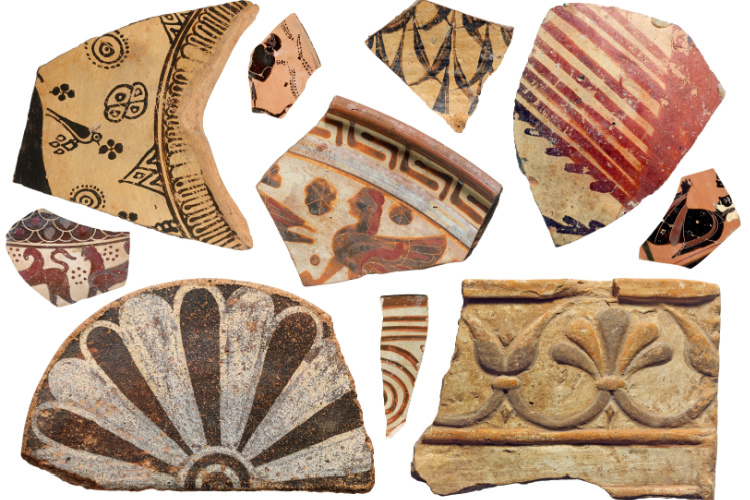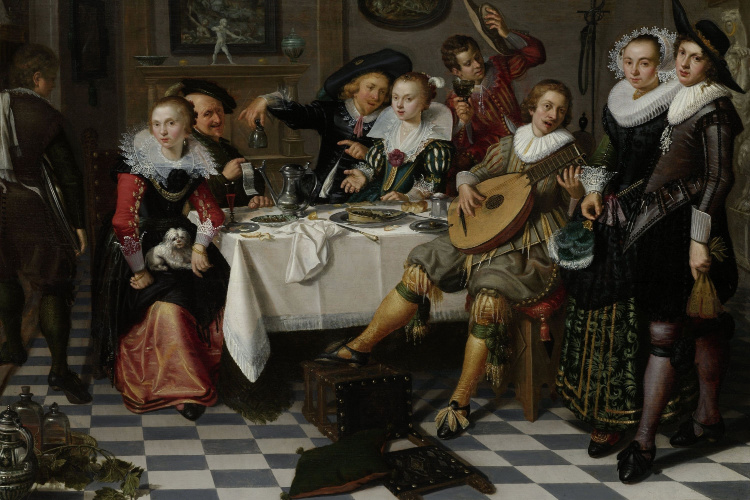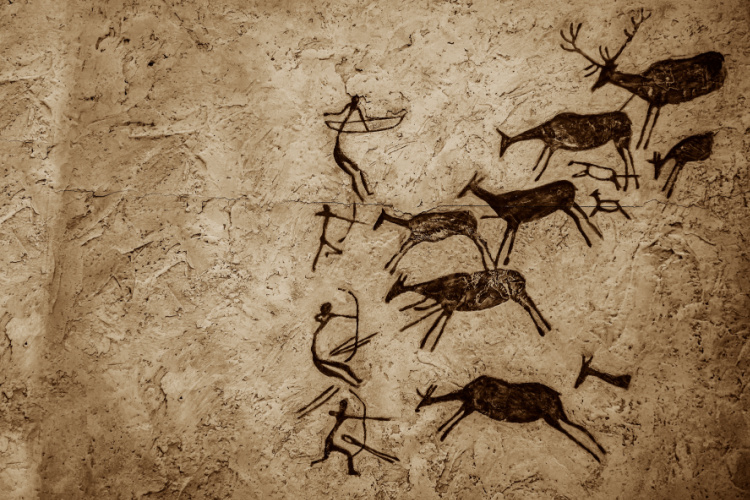Book Recommendations for Art History Enthusiasts on National Book Lovers Day

Books, which are mysterious doors opening to different worlds, can be a fun adventure for some, the meaning of existence for some. Every book you hold in your hands can add different colors to your world of meaning. Especially if this book deals with the history of art, a mysterious journey from the corridors of the past to the present is waiting for you!
We have compiled eight art history books for those who want to celebrate the highly anticipated National Book Lovers Day, which is celebrated on August 9 each year, in the mysterious caves of art history. Here are the fascinating works for those who have not yet decided which books to celebrate on National Book Lovers Day:
1. The Story of Art, E. H. Gombrich
The Story of Art is one of the most popular works among art history books, was written by E.H Gombrich, a master art historian. The work, which was first published in 1950, is still among the most-read art history books today, thanks to its comprehensive content and fluent language. The work takes art history enthusiasts on a fascinating journey from the first cave paintings to the understanding of art of modern times.
2. Art: The Whole Story by Stephan Farthing

A comprehensive work arranged in chronological order, Art: The Whole Story helps you understand art history like a clear map with its detailed cultural history chart. This feature of the work, which clearly reveals where artistic developments fit in the context of social and cultural developments, distinguishes it from its counterparts. The work offers detailed information from sculpture to painting, from technical innovations to the use of color and how one artist influences others.
3. A World History of Art, John Fleming-Hugh Honor
A World History of Art, which differs from other works of art history in terms of its method of writing, is one of the most comprehensive and contemporary art books. The art historian authors of the book, John Fleming, and Hugh Honor traveled the world and wrote this work based on their own research and observations. You can read the journey of art history, starting from ancient art to today’s contemporary art, accompanied by quality and fascinating visuals. The work, which can be easily read like a novel with its fluent style, can also appeal to readers who do not have knowledge of art history.
4. Ways of Seeing, John Berger
Ways of Seeing, published in 1972, was written by John Berger, a master writer and art critic. In fact, this work, which was prepared as a documentary for the BBC, was later blended with visuals and turned into a book. The work, which reveals how a critical way of seeing should be, strengthens its expression with its fluent style and quality visuals. Ways of Seeing follows the trail of understanding images and visuality on a journey from advertisements to posters, from the analysis of medieval oil paintings to the stories of these paintings.
5. The Necessity of Art, Ernst Fischer

The Necessity of Art, which examines the beginning of art and its function in society, is one of the basic art history books. While the work examines the relationship between art and humans in detail by associating it with concepts such as capitalism, essence, and form, it invites its readers to a critical-thinking adventure.
6. A History of Beauty, Umberto Eco

The work, which re-addresses the question of “what is beauty” with the help of concepts such as art, taste, and fashion, was written by the famous writer Umberto Eco. Examining the masterpieces of Western culture in detail, the author tries to define beauty in different aspects. The author’s search for answers behind beauty spans from Ancient Greece to contemporary art. Going deep into the history of art and aesthetics on this journey, the author shares the reader with the question of beauty in different branches such as painting, cinema, photography, novels, and decorative arts.
7. Batıya Göçün Sanatsal Evreleri, Doğan Kuban
Art movements or traditions show themselves in different ways in every geography. Batıya Göçün Sanatsal Evreleri examines how art traditions are reshaped in the light of cultural, social, religious, and economic developments. Starting from the artistic traditions of prehistoric steppe societies, the work reveals the impact of migration to Anatolia and the Balkans on these traditions, accompanied by maps, photographs and drawings.
8. The Mind in the Cave by James David Lewis-Williams

Rock art historian and anthropologist James David Lewis-Williams traces the images drawn on the walls of caves during the Paleolithic Age in his intriguing work The Mind in the Cave. Trying to understand the intellectual adventure of these images in the light of anthropology, he questions the relationship between the cave, consciousness, and society with case studies. Trying to illuminate the dark well of human consciousness with the light of art, the author drags his readers to a unique reading of art history.



